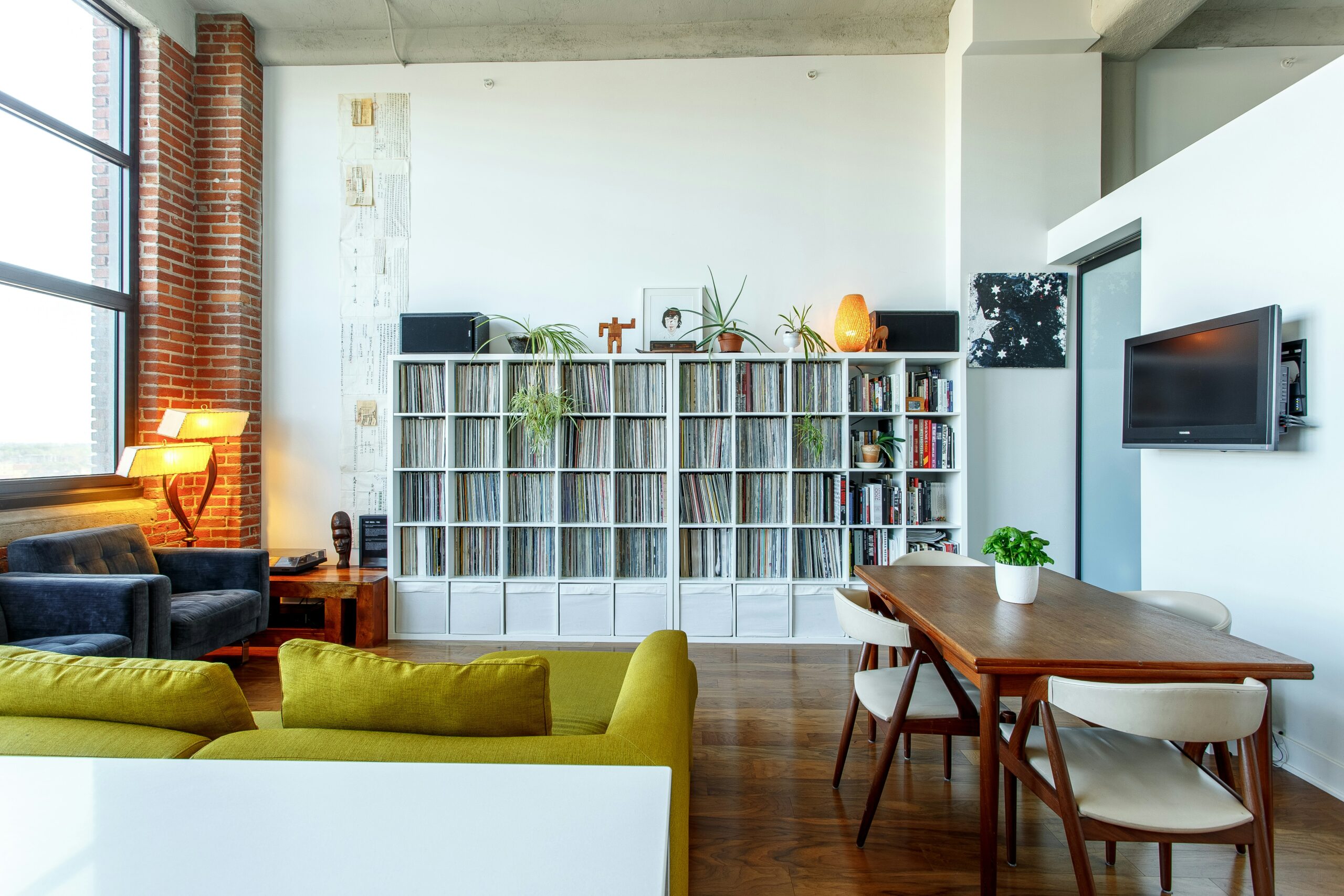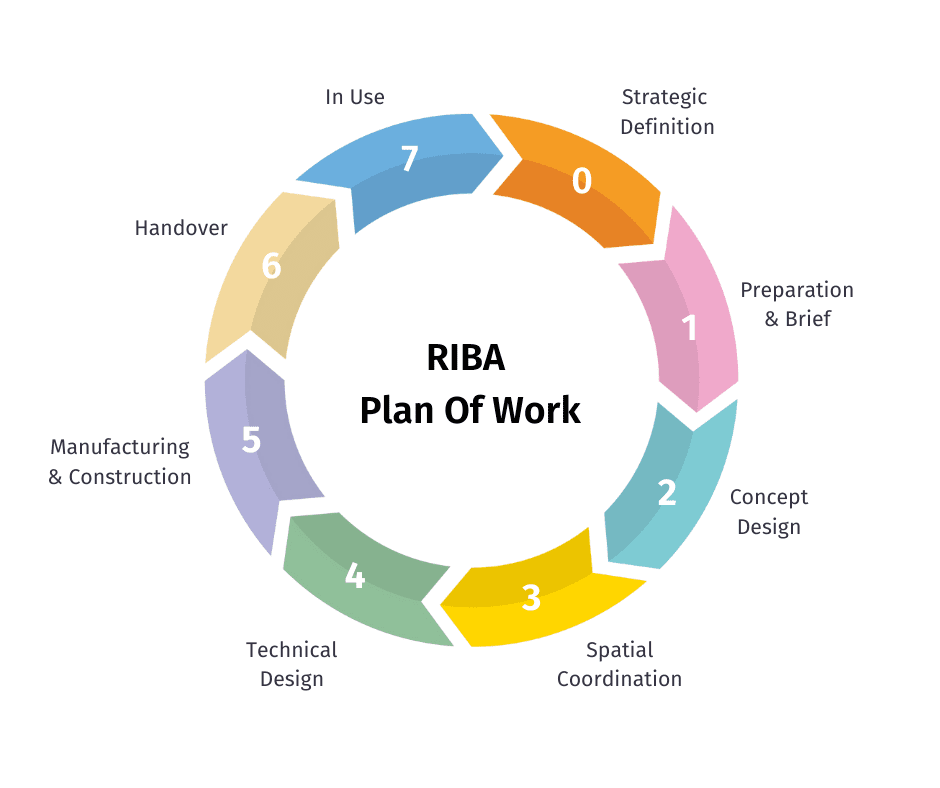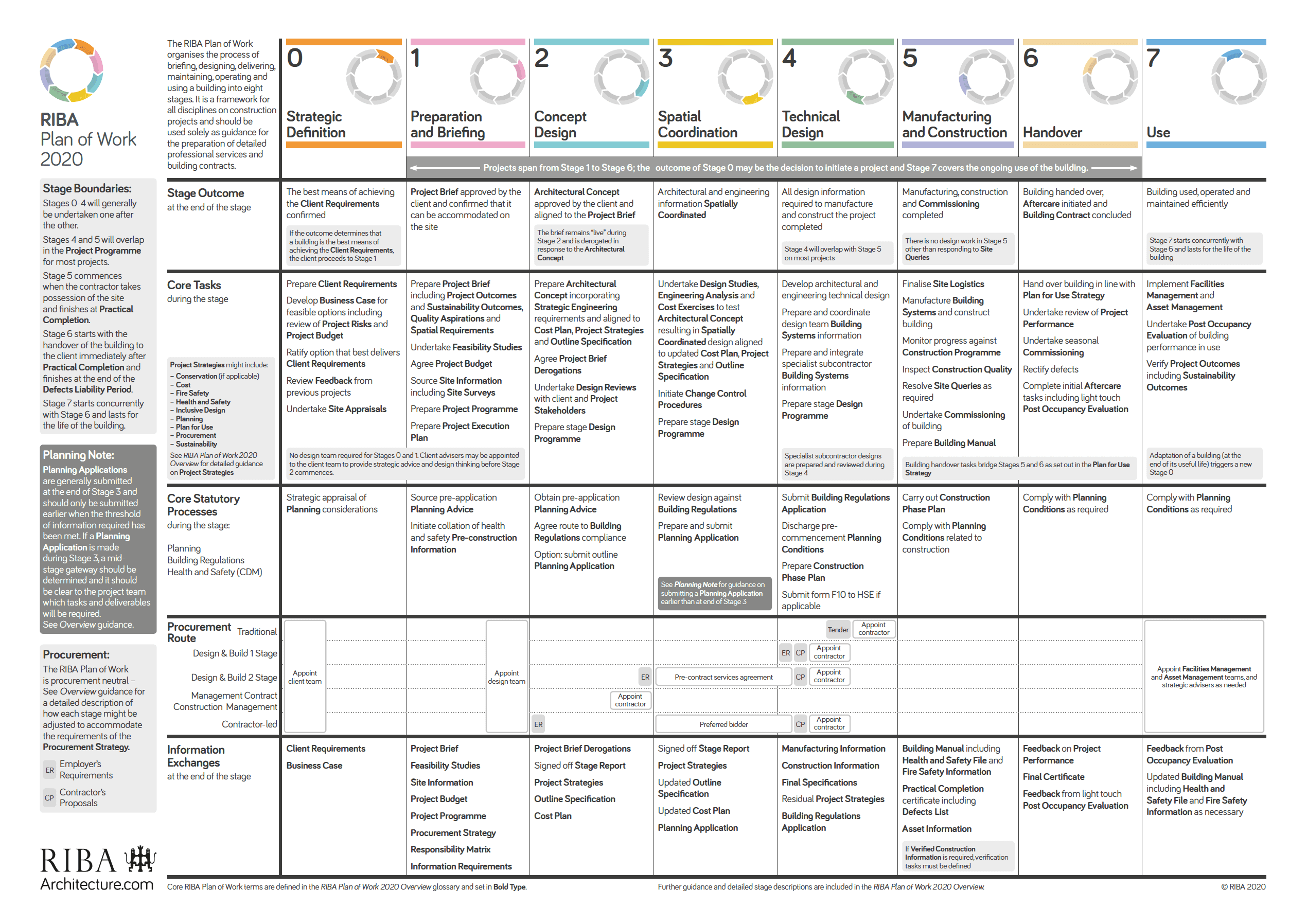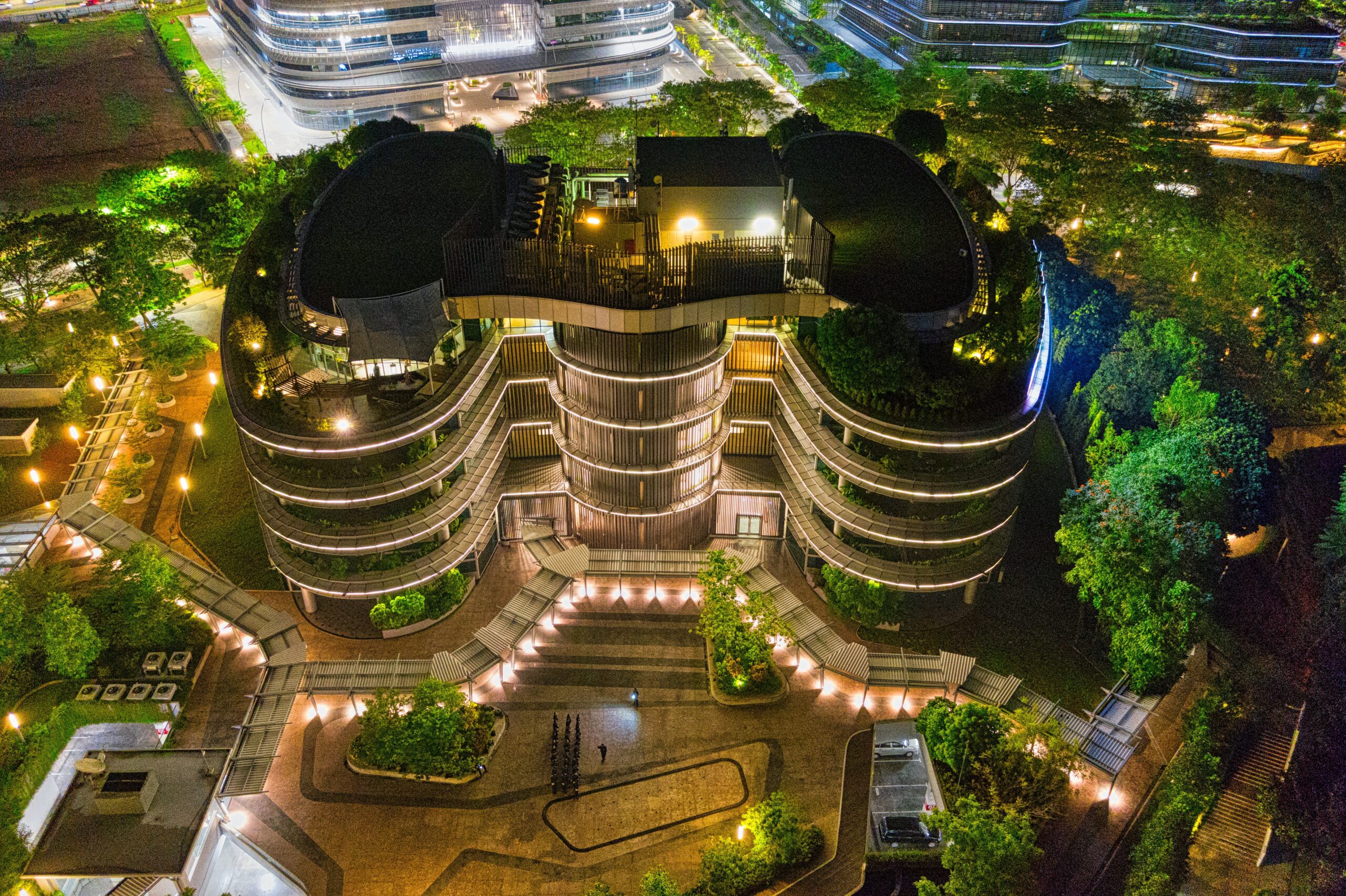
Q&A: Changes to Class MA in 2024
In March 2024, changes were implemented to some of the key rights stipulated in using a Class MA of the GDPO to convert your property from commercial to residential.
We spoke to our Managing Director, Keshiv Sudera, who sat down with us to answer the most common customer questions, in regards to the recent changes to Class MA.
Q: What are the changes to Class MA in 2024?
A: There are 2 key changes to the Class MA permitted development rights that have created more opportunities for our customers and landlords across the UK. These changes will be implemented on 5th March 2024 onwards.
1. Maximum space limit discontinued – there is no longer a limit in place of the maximum number of square metres a commercial property can have to convert into a C3 property using Class MA (previously 1,500 square metres).
2. Commercial property does not need to be vacant – previously, the commercial property had to be vacant for more than 3 months to use a Class MA. This is no longer needed.
Q: Are these changes a help or a hindrance, as a landlord?
A: In short, it’s a huge help! The new changes to the rights have reduced some of the limitations previously in place, preventing you from using Class MA to convert your commercial property. With these now lifted, more commercial properties will be able to take advantage of the shorter planning requirements and turn around conversions in a much quicker time.
Q: Which types of buildings will be affected by the change of use under Class MA?
A: The commercial building to be converted must be categorised as a Use Class E building, which includes offices, shops, gyms, cafes and restaurants. The outcome of the conversion must be a C3 residential dwelling, including flats, houses and apartments, each for 1 household of up to 6 people.
Q: What are the new benefits to Class MA?
A: If you are looking to convert a Use Class E building into a C3 residential dwelling, the benefits are largely around the reduction of planning time. By using a Class MA, you only need to obtain a ‘Prior Approval Application’, where a decision is made by the local authority within 56 days. This is substantially less than full planning permission.
Equally, if you have a building that has been partly converted to a residential dwelling, previously restricted by the floor space limits, you can now fully convert the space to residential.
Q: What are the current uses covered under Class E for buildings?
A: Here are some of the most common examples of a Use Class E building:
- Offices
- Shops
- Gyms
- Cafes
- Restaurants
- Workshops
- Retail
- Financial Services
- Professional Services
- Health Facilities
- Medical Facilities
- Creche
- Nursery
- Indoor Sport Facilities
- Recreation Facilities
- Non-residential institutions
- Leisure Facilities
You can find a full list of the building purposes authorised in Use Class E in the Use Class Order 2020 Legislation.
Q: Are there any specific regulations or guidelines associated with the changes to Class MA?
A: Yes, as mentioned previously, you must be looking to convert a Use Class E building into a Use Class C3. As opposed to C4, a C3 property is restricted to being occupied by one ‘household’ or family and up to 2 lodgers. You cannot use Class MA to convert your property into a C4 or HMO.
The commercial building must have been categorised as a Use Class E for at least 2 years.
Equally, if you are looking to make any external changes to the building, such as windows and doors, you may still need to apply for planning permission.
Q: Will property owners need to seek approval for changing the use of their buildings under the new regulations?
A: Yes, but you will only need to obtain a ‘Prior Approval Application’ instead of full planning permission, unless you are looking to make external changes to the property. This should dramatically reduce the time needed to seek and obtain permission from the local authority to begin converting the property.
Q: Great, I want to use Class MA to convert my commercial property.
What do I do now?
A: Book an appointment with the DSA team to talk through your options. We will advise whether Class MA is right for your building and begin the process with you to apply for the necessary permission. We will guide you through what can and cannot be facilitated under this order, and help you to design the layout of your new residential property to maximise the space available.
Glossary of terms mentioned in this article:
GPDO: The General Permitted Development Order grants permission to carry out certain activities such as property extensions, installing fencing, erecting outbuildings, etc.
Class MA: Class MA is a permitted development right, where you can convert a commercial unit or a ‘Use Class E’ building, such as offices, shops, gyms, cafes and restaurants, into a C3 residential dwelling.
Use Class E: A commercial building including offices, shops, gyms, cafes and restaurants.
Use Class C3: A residential dwelling for families or households of up to 6 people and is intended for permanent residential use. These include flats, houses and apartments.
Use Class C4: A Small HMO as the main residence for 3-6 unrelated people. They share the use of amenities such as bathrooms, living area and kitchens.
HMO: Houses in Multiple Occupation. An HMO can be large or small but in all cases must have at least 3 tenants, a shared bathroom and kitchen facilities and be the residence of more than 1 household (family).
Prior Approval Planning Application: This is an application submitted to the local planning authority who decide whether to permit your conversion based on the property’s adherence to the requirements of the GDPO used. The process costs £100 per dwelling and takes 56 days to complete. Once approved, you must complete the planned conversion within 3 years.














